Can You Sleep With A Tampon In? Safety and Tips
Just last week, my friend rushed into the room, looking worried. “Can I sleep with a tampon in?” she whispered, clearly embarrassed about asking but desperate for an answer. As someone who’s spent years working at a women’s health clinic, I couldn’t help but smile—it’s actually one of the most common questions I hear. “You absolutely can,” I told her, watching relief wash over her face. “But there’s a bit more to it than that.”
Can You Sleep With A Tampon In?
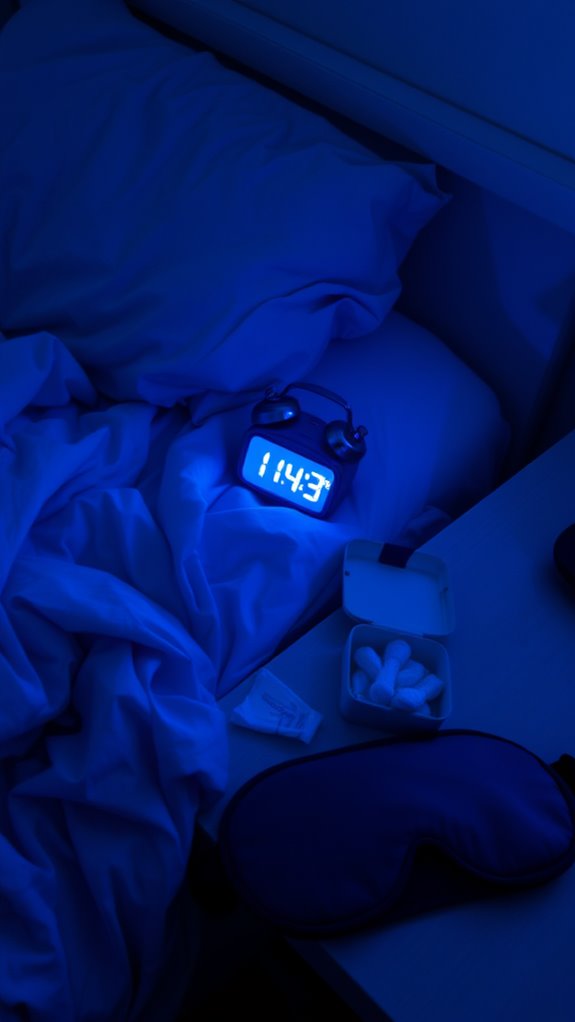
Wondering if you can catch those Z’s while wearing a tampon?
I’ve got good news for you – yes, you can! The FDA gives us the green light for up to 8 hours of tampon use, which covers most people’s beauty sleep.
Just keep an eye on your flow and timing – think of it like setting an alarm clock for your tampon.
Good Stuff and Risks You Face
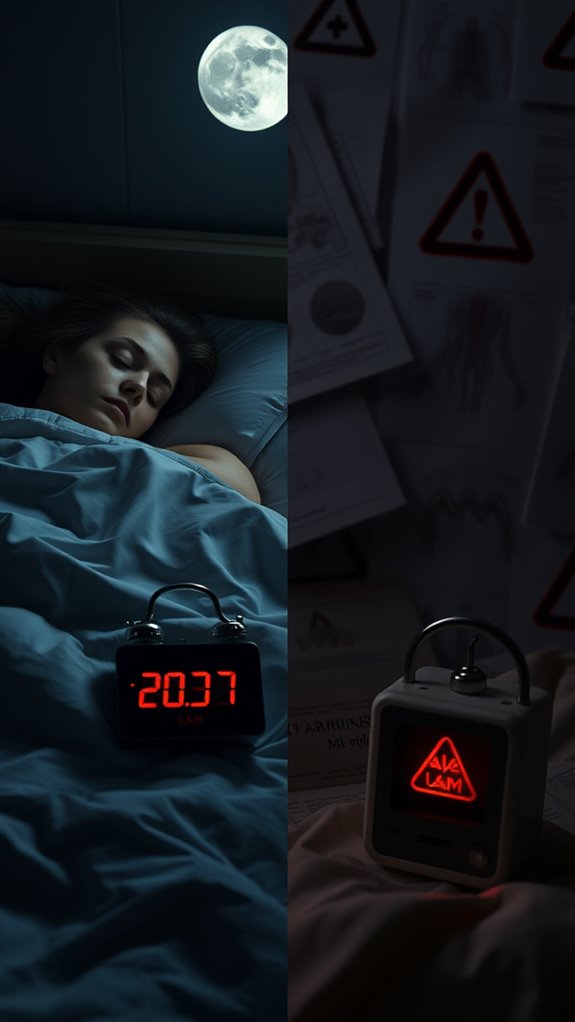
Let’s talk about the perks and potential pitfalls of your overnight tampon adventures.
I’ll be straight with you – tampons are basically nighttime leak insurance when you’re catching those Z’s.
While toxic shock syndrome is still a thing (thank goodness modern tampons are way safer than in the ’80s), it’s super rare.
Just watch out for that dry, scratchy feeling in the morning.
How to Snooze Safe With a Tampon
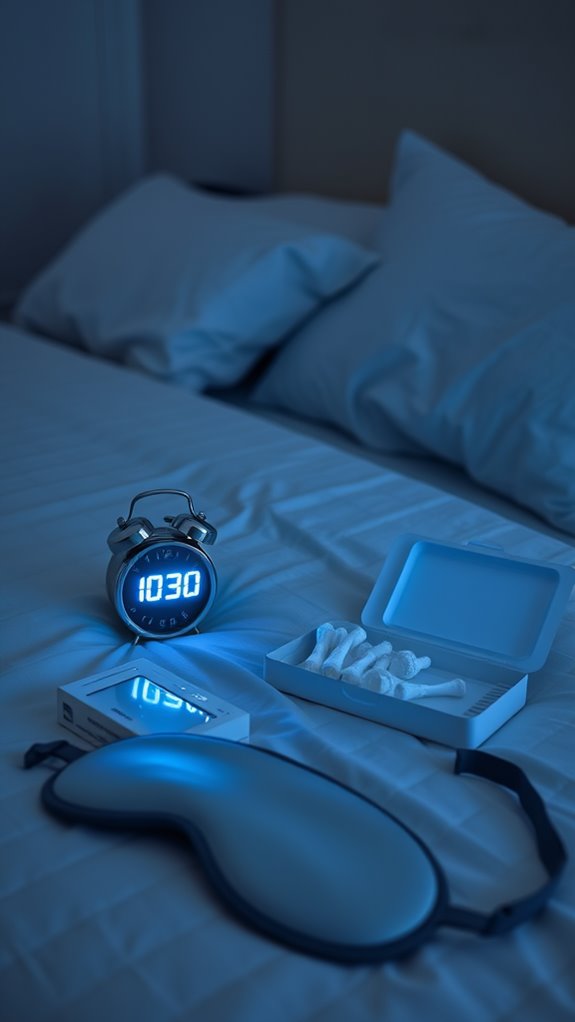
I’ll let you in on my top tips for sleeping safely with a tampon: start by putting in a fresh one right before bed, and make sure it’s the lightest absorbency that’ll do the job.
You’ll want to swap it first thing when you wake up (yes, even before that essential morning coffee), and if you’re a champion sleeper who logs more than eight hours, consider switching to a pad instead.
Your body will thank you for playing it smart, and you can catch those Z’s worry-free.
Swap Before Bed
Making your bedtime tampon swap a pre-sleep ritual is just as important as setting your morning alarm.
I always recommend inserting a fresh tampon right before hitting the sheets, making sure it matches your flow.
And here’s a pro tip: set an alarm if you’re a bathroom regular at night – your future self will thank you for the reminder to change!
Go Light on Absorbency
When it comes to overnight tampon use, going lighter on absorbency is your best bet for a worry-free slumber.
I know it might seem counterintuitive, but trust me on this one! While you might reach for super-absorbent tampons during your heaviest days, nighttime calls for a gentler approach.
Lower absorbency means less risk of leaving it in too long, which helps prevent those pesky TSS concerns.
Ditch It at Dawn
Rise and shine means it’s tampon-changing time!
I know you’re cozy under those blankets, but trust me, your first morning stop should be the bathroom.
I always set my alarm a few minutes early to ensure I don’t exceed that crucial eight-hour limit.
Plus, starting fresh helps me stay worry-free throughout my day.
Safety first, sleepyhead!
Skip These Nighttime Slip-Ups
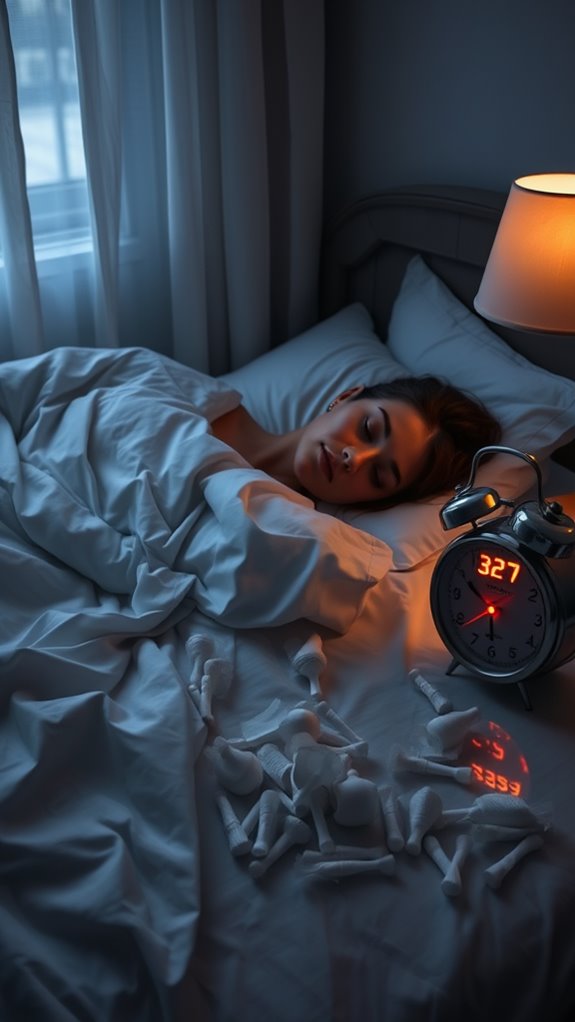
Let’s talk about those classic tampon blunders we’ve all made at bedtime – you know, the ones that leave us feeling less than bright-eyed and bushy-tailed the next morning.
| Common Mistakes | Why It’s Bad | Smart Solutions |
|---|---|---|
| Losing track of time | TSS risk | Set phone alarm |
| Using super absorbency | Dryness, irritation | Match flow level |
| No backup protection | Leaks happen | Add liner backup |
| Forgetting changes | Health hazard | Track duration |
| Skipping bathroom | Overflow risk | Quick pre-bed check |
Other Ways to Crash Period-Free
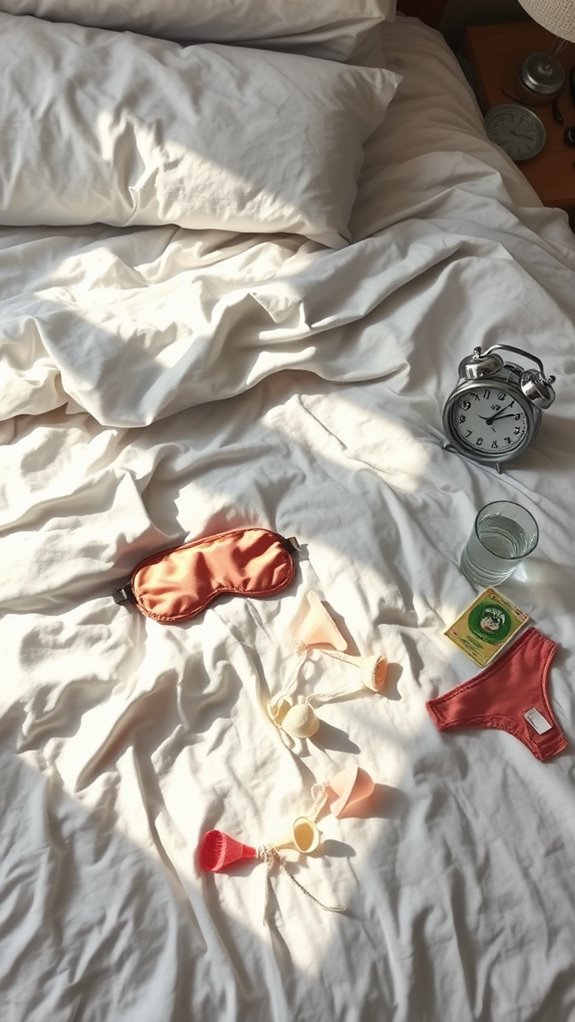
Looking for a solid night’s sleep without tampon troubles?
I’ve got some game-changing alternatives that’ll keep you snoozing worry-free.
Grab some trusty overnight pads for those marathon sleep sessions, or try a menstrual cup that’ll give you a full 12 hours of protection.
My personal favorite? Period underwear – they’re comfy, reliable, and let you drift off without a second thought.
Just like quality sleep aids in maintaining good oral health, these alternatives help ensure uninterrupted rest during your cycle.
Frequently Asked Questions
Is It OK to Sleep in a Tampon for One Night?
I recommend it’s safe to sleep with a tampon for one night if you don’t exceed 8 hours. Just make sure to use the right absorbency and change it before bed to avoid any health risks.
What if I Accidentally Slept With a Tampon In?
If you’ve accidentally slept with a tampon in, I recommend removing it right away. While it’s usually safe under 8 hours, do watch for fever, rash, or muscle aches. Seek medical help if symptoms appear.
Is It Better to Wear a Tampon or Pad to Bed?
I recommend wearing a pad to bed since it’s safer for extended sleep periods. While tampons are safe for up to 8 hours, pads eliminate TSS risks and provide better protection if you sleep longer.
Is It Bad to Leave a Tampon in for 12 Hours?
I strongly advise against leaving a tampon in for 12 hours. It’s unsafe and increases your risk of toxic shock syndrome and bacterial infections. I recommend changing tampons every 4-8 hours for your safety.
In Conclusion
Sleeping with a tampon is safe as long as you follow basic precautions. Use a fresh tampon before bed and change it immediately upon waking. Keep the wear time under 8 hours and select the right absorbency level for your flow.
Alternative overnight period protection includes pads, period underwear, and menstrual cups. Choose what works best for your comfort and sleep schedule. Contact your healthcare provider if you have specific concerns about overnight tampon use.
